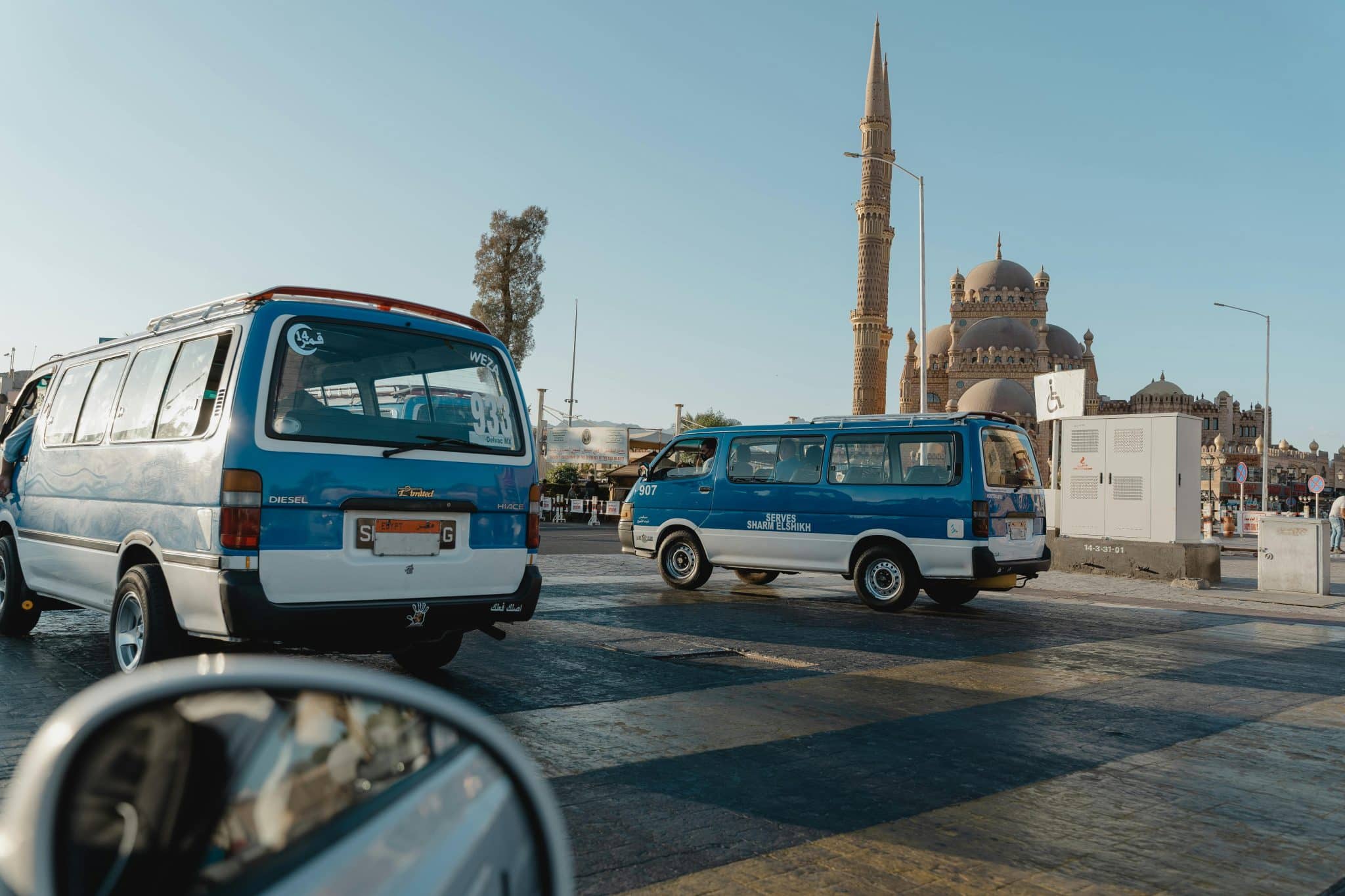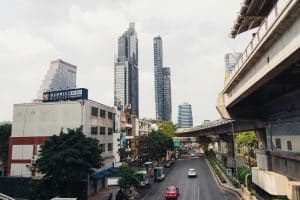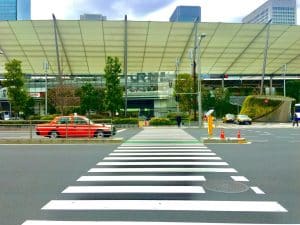Crowdsourced Traffic Data Reduces Daily Commute Times
For many people, their daily commute can feel like a never-ending nightmare. The endless hours spent stuck in traffic, the frustration of being late to work or appointments, and the stress of consistently dealing with unpredictable road conditions can take a toll on both our mental and physical well-being. However, thanks to the advancement of technology, there may be a solution to improve our daily commute – crowdsourced traffic data. By harnessing the power of community-based information, this data is revolutionizing the way we navigate our daily traffic, leading to a significant reduction in our commute times.
The Rise of Crowdsourced Traffic Data
Crowdsourced traffic data, also known as community-based traffic data, is information collected and shared by a community of drivers using various devices such as smartphones or GPS trackers. This community-based approach to traffic data offers a more accurate and real-time picture of road conditions compared to traditional methods, such as government traffic sensors and cameras. With the increasing popularity of navigation and traffic apps like Waze and Google Maps, more and more drivers are contributing to the collection of crowdsourced traffic data, making it an incredibly powerful tool to improve our daily commute.
Real-Time Updates for More Efficient Route Planning
One of the biggest advantages of crowdsourced traffic data is its ability to provide real-time updates on road conditions. Unlike traditional methods that rely on fixed traffic sensors and cameras, community-based traffic data can constantly gather information from active drivers on the road. This real-time data allows navigation apps to suggest the most efficient routes, avoiding congested roads and accidents, ultimately reducing our daily commute times significantly.
Accurate Arrival Time Estimations
Another benefit of crowdsourced traffic data is its impact on arrival time estimations. With the help of real-time data, navigation apps can provide more accurate and reliable arrival time predictions. This allows drivers to better plan their commute and reduces the likelihood of being late due to unexpected traffic delays. Moreover, as more data is collected, these estimations become even more precise, making our daily commute experience more predictable.
A More Informed Driving Experience
Aside from improving our daily commute, crowdsourced traffic data also offers a more informed driving experience. As more drivers contribute to the community-based data, the information becomes more comprehensive and detailed, covering areas that traditional methods may have missed. This includes details about road closures, construction, and even the availability of parking spots, making our driving experience more efficient and hassle-free.
A Community Effort for a Better Commute
Crowdsourced traffic data relies on the participation of its community, and as more people contribute, the accuracy and effectiveness of the data increase. Therefore, it is essential for drivers to take an active role in sharing traffic information, whether it be through navigation apps or dedicated traffic data communities. By doing so, we can all benefit from a better daily commute and contribute to the improvement of our overall transportation system.
The Future of Traffic Data
As technology continues to advance, the potential of crowdsourced traffic data is endless. With the integration of artificial intelligence and machine learning, navigation apps will become even more intuitive and accurate, providing us with the most efficient routes and arrival time predictions. Additionally, in the near future, connected vehicles will also play a crucial role in crowdsourced traffic data, as cars will communicate with each other, providing real-time data about road conditions and traffic patterns.
Major Cities Already Reaping the Benefits
Many major cities worldwide have already recognized the potential of crowdsourced traffic data and have started implementing it into their transportation systems. For example, Los Angeles uses Waze data to optimize traffic lights, leading to a 12% reduction in travel time on their busiest roads. Similarly, the city of Boston uses crowdsourced data to improve traffic signals and reduce travel times by 14%. These are just a few examples of the positive impact community-based traffic data can have on our daily commute.
Conclusion
With the rise of technology, our daily commute is becoming more manageable and efficient thanks to crowdsourced traffic data. By harnessing the power of community-based information, this data offers real-time updates, accurate arrival time predictions, and a more informed driving experience. With its potential to only continue to improve, it is evident that crowdsourced traffic data is revolutionizing the way we navigate our daily traffic and reducing daily commute times for millions of people worldwide.










